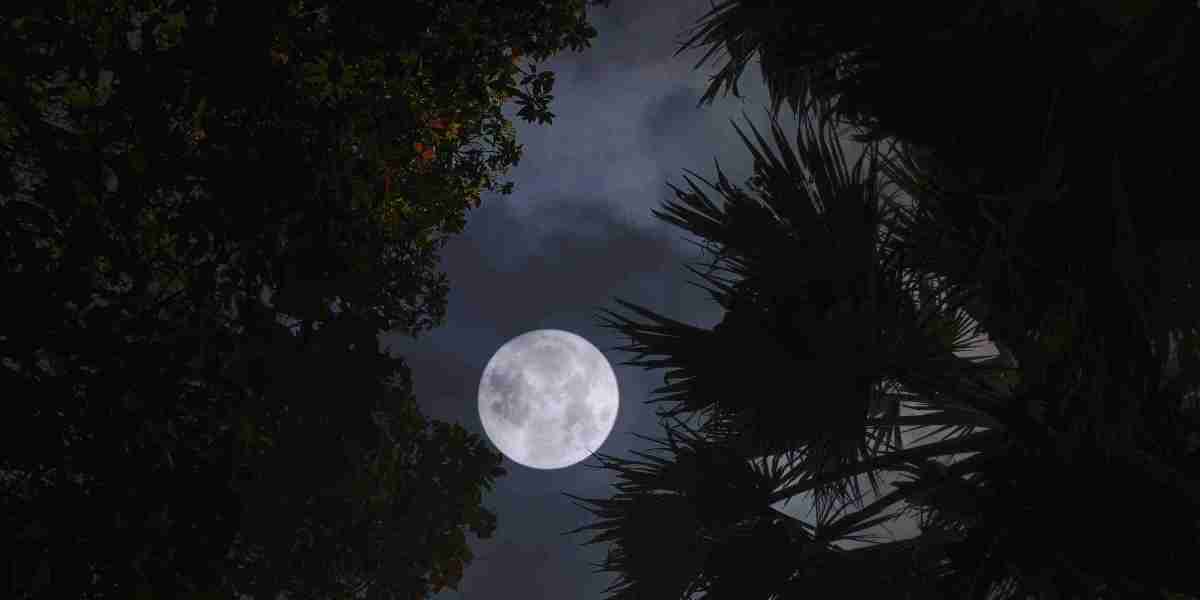As the glowing orb in the night sky, the moon has captivated human imagination since time immemorial. It has been the subject of myths, legends, and scientific inquiry, serving as a constant companion to Earth and a source of wonder and inspiration for civilizations across the globe. From poetry to space exploration, the moon's influence on human culture and exploration is profound and enduring.
Myth and Mystery:
Throughout history, cultures around the world have woven tales and myths around the moon, attributing divine powers and significance to its ethereal presence. In ancient mythology, the moon was often associated with deities and goddesses, such as Artemis in Greek mythology and Chang'e in Chinese folklore. These stories reflected humanity's attempts to make sense of the celestial bodies that adorned the night sky and imbued the moon with a sense of mystery and magic.
A Celestial Timekeeper:
Beyond its mythological significance, the moon has long served as a celestial timekeeper, guiding human activities such as agriculture, navigation, and religious observances. The lunar cycle, with its phases waxing and waning, marked the passage of time for ancient civilizations and provided a framework for measuring months and years. In cultures around the world, lunar calendars continue to play a role in determining the timing of festivals, holidays, and rituals.
Scientific Exploration:
The moon's allure extends beyond folklore and tradition—it has also been the subject of scientific exploration and discovery. In 1969, humanity achieved a monumental milestone with the Apollo 11 mission, which saw astronauts Neil Armstrong and Buzz Aldrin become the first humans to set foot on the lunar surface. This historic achievement not only marked a triumph of human ingenuity and determination but also opened up new frontiers for scientific inquiry and exploration.
Gateway to the Cosmos:
In recent years, interest in the moon has been renewed as space agencies and private companies set their sights on returning to Earth's nearest celestial neighbor. Projects such as NASA's Artemis program aim to establish a sustainable human presence on the moon, paving the way for future missions to Mars and beyond. The moon, once again, serves as a gateway to the cosmos—a stepping stone for humanity's journey into the stars.
Inspiration for Art and Literature:
The moon's timeless beauty and mystique have inspired countless works of art, literature, and music throughout history. From Shakespeare's romantic sonnets to Van Gogh's swirling night skies, artists have sought to capture the moon's luminous glow and its profound impact on the human psyche. In music, the moon has been a recurring motif in songs and symphonies, evoking feelings of longing, nostalgia, and transcendence.
Conclusion:
As Earth's faithful companion, the moon continues to enchant and inspire humanity with its beauty, mystery, and scientific significance. Whether gazing up at the night sky or exploring its surface from afar, we are reminded of our connection to the cosmos and the endless possibilities that lie beyond. In an ever-changing world, the moon remains a timeless symbol of wonder and exploration, inviting us to dream, discover, and reach for the stars.








